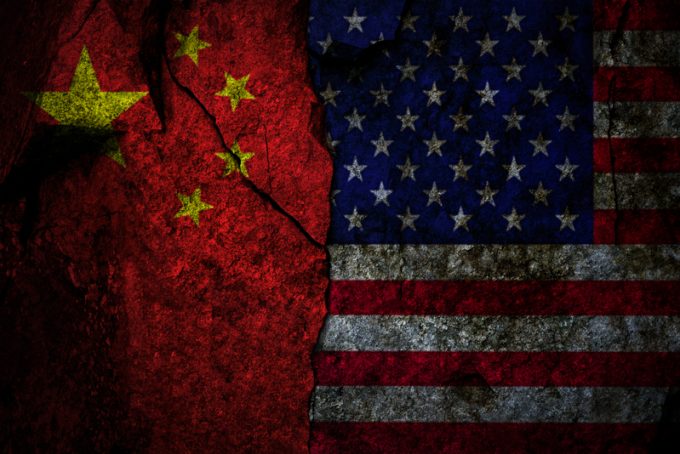US tariffs land – and court hears of Trump's 'breathtaking claim to power'
1 August has arrived – and with it a comprehensive list of tariffs the US ...

Attempts by businesses to reduce their dependence on Chinese imports are becoming more difficult as the US-China tariff war intensifies.
In May, US president Joe Biden announced a 100% border tax on Chinese-made electric vehicles, to protect domestic manufacturers, while other products ...

Comment on this article